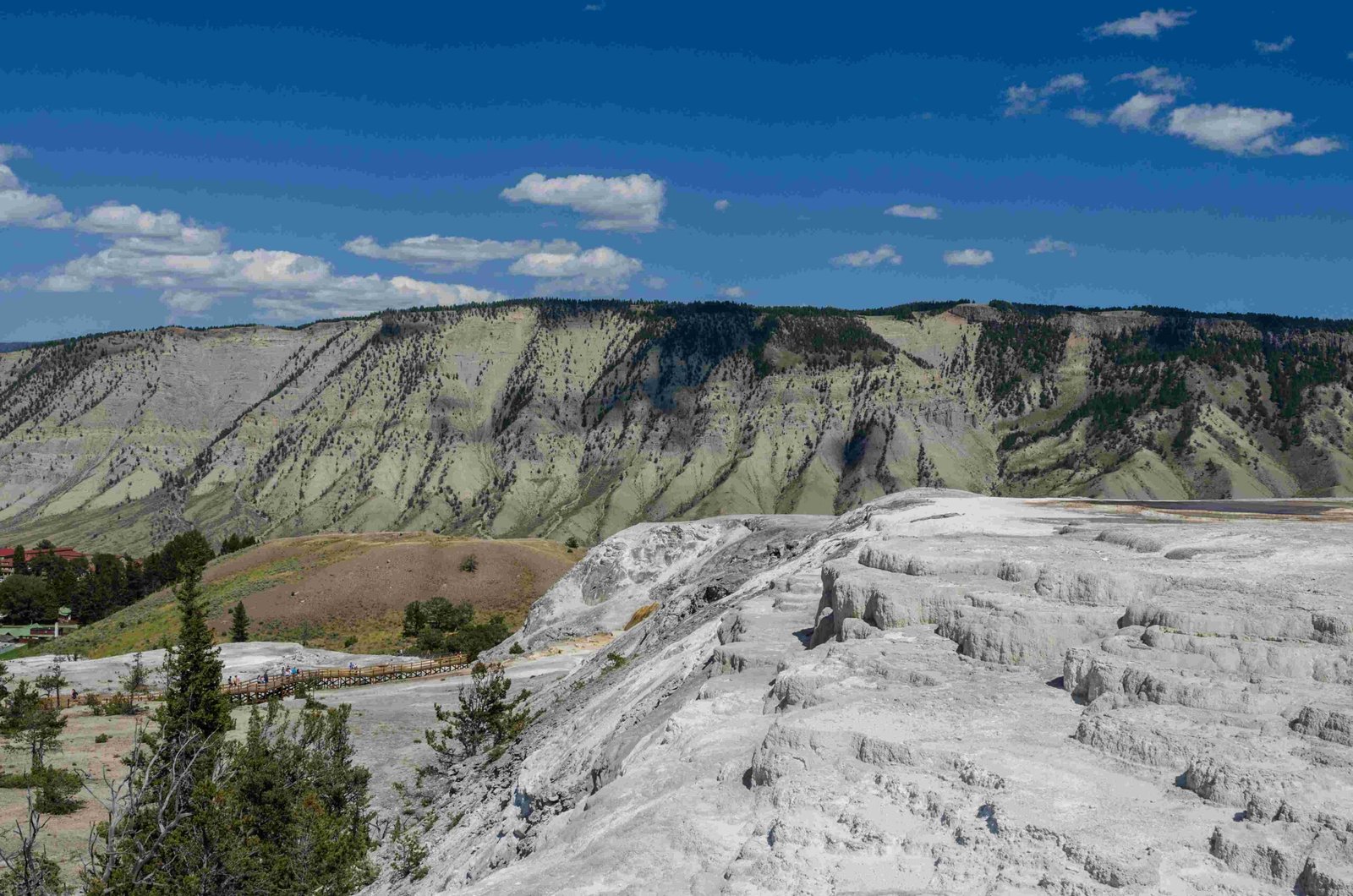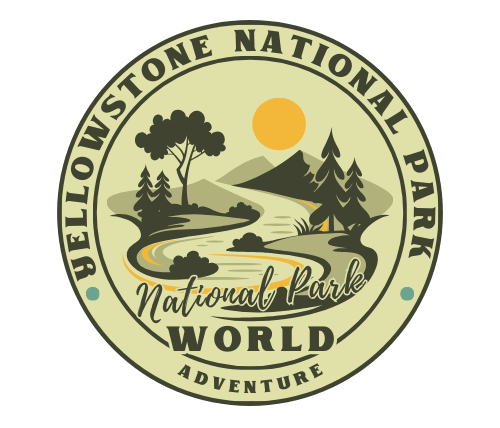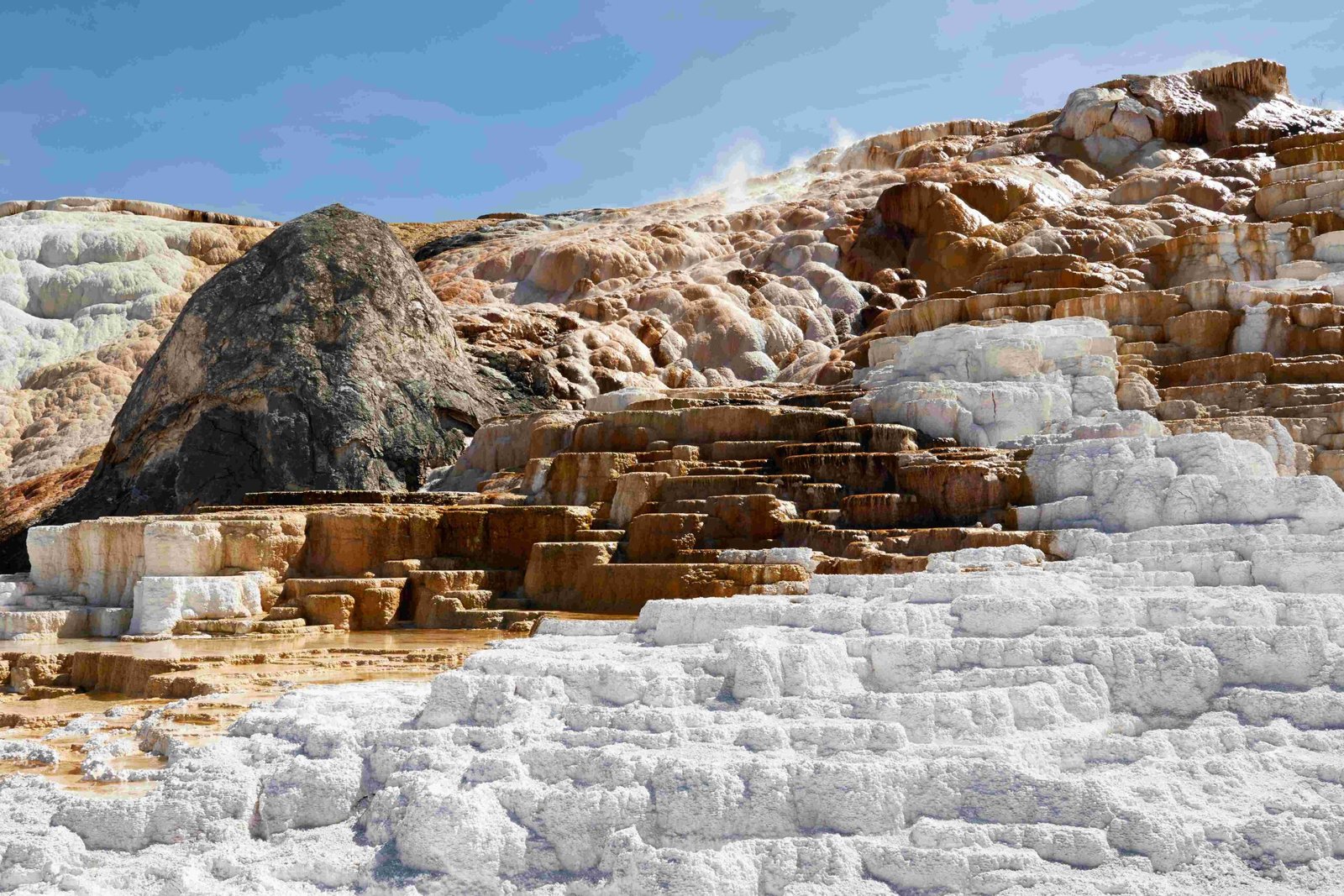Yellowstone National Park, managed by the National Park Service (NPS), is America’s first national park and a global icon of natural beauty and conservation. Established in 1872, this vast wilderness spans 2.2 million acres across Wyoming, Montana, and Idaho. The park is renowned for its diverse ecosystems, geothermal features, wildlife, and outdoor recreational opportunities. Yellowstone National Park NPS offers visitors a unique chance to experience the raw beauty of nature, from erupting geysers to roaming herds of bison.
What are the Key Features of Yellowstone National Park NPS?

Yellowstone National Park NPS boasts an array of natural wonders that attract millions of visitors each year:
- Geothermal Features:
- Old Faithful Geyser
- Grand Prismatic Spring
-
Mammoth Hot Springs
-
Wildlife:
- Bison
- Grizzly bears
- Wolves
-
Elk
-
Scenic Landscapes:
- Grand Canyon of the Yellowstone
- Yellowstone Lake
-
Lamar Valley
-
Hiking Trails:
-
Over 900 miles of trails
-
Camping Opportunities:
- 12 campgrounds with over 2,000 sites
How Can Visitors Plan Their Trip to Yellowstone National Park NPS?

Planning a trip to Yellowstone National Park NPS requires careful consideration of several factors:
What are the Best Times to Visit?
The park is open year-round, but the best time to visit depends on your preferences:
- Summer (June to August): Peak season with warm weather and all facilities open
- Fall (September to November): Fewer crowds, beautiful foliage, and active wildlife
- Winter (December to February): Unique snow-covered landscapes and winter activities
- Spring (March to May): Emerging wildlife and fewer visitors, but unpredictable weather
What are the Entrance Fees and Passes?
Yellowstone National Park NPS offers various entrance options:
| Pass Type | Duration | Cost |
|---|---|---|
| Private Vehicle | 7 days | $35 |
| Motorcycle | 7 days | $30 |
| Individual (foot, bike, ski) | 7 days | $20 |
| Yellowstone Annual Pass | 1 year | $70 |
America the Beautiful passes are also accepted, providing access to all national parks for a year.
How to Navigate the Park?
- Use the official Yellowstone National Park NPS map
- Download the NPS mobile app for offline navigation
- Follow park signage and ranger recommendations
- Be aware of road closures, especially during winter months
What Activities are Available at Yellowstone National Park NPS?
Yellowstone offers a wide range of activities for visitors of all ages and interests:
- Wildlife Viewing:
- Dawn and dusk are the best times for wildlife sightings
-
Popular areas include Lamar Valley and Hayden Valley
-
Hiking:
- Trails range from easy boardwalks to challenging backcountry routes
-
Always carry bear spray and hike in groups
-
Geothermal Feature Exploration:
- Visit the geyser basins, including Old Faithful and Norris
-
Observe colorful hot springs and bubbling mud pots
-
Fishing:
- Obtain a Yellowstone fishing permit
-
Follow park regulations for catch-and-release
-
Photography:
- Capture stunning landscapes and wildlife
- Respect wildlife and maintain safe distances
What Accommodations are Available Within Yellowstone National Park NPS?
Yellowstone offers various lodging options:
- Lodges:
- Old Faithful Inn
- Lake Yellowstone Hotel
-
Mammoth Hot Springs Hotel
-
Campgrounds:
- 12 campgrounds managed by NPS and Xanterra
-
Reservations recommended for summer months
-
Backcountry Camping:
- Permits required for overnight stays
- Bear-resistant food storage containers mandatory
How Can Visitors Practice Responsible Tourism in Yellowstone National Park NPS?
To preserve Yellowstone’s natural beauty and protect its ecosystems:
- Follow Leave No Trace principles
- Maintain safe distances from wildlife
- Stay on designated trails and boardwalks
- Properly dispose of waste and recycle when possible
- Adhere to fire regulations and campfire guidelines
- Use eco-friendly transportation options within the park
What Safety Precautions Should Visitors Take in Yellowstone National Park NPS?
Safety is paramount when visiting Yellowstone:
- Wildlife Safety:
- Maintain at least 100 yards from bears and wolves
-
Keep 25 yards from other large animals like bison and elk
-
Thermal Area Safety:
- Stay on boardwalks and designated trails
-
Never touch or approach thermal features
-
Hiking Safety:
- Carry bear spray and know how to use it
-
Hike in groups and make noise to alert wildlife
-
Weather Preparedness:
- Check weather forecasts and be prepared for sudden changes
-
Carry appropriate gear and clothing for all conditions
-
Altitude Awareness:
- Most of the park is above 6,000 feet elevation
- Stay hydrated and take time to acclimate
By following these guidelines and respecting the natural environment, visitors can have a safe and memorable experience at Yellowstone National Park NPS. This iconic wilderness offers unparalleled opportunities to connect with nature and witness the raw beauty of one of America’s most treasured landscapes.
References:
1. National Park Service – Yellowstone
2. Yellowstone National Park Lodges
3. Yellowstone National Park Travel Guide
4. Leave No Trace Center for Outdoor Ethics

